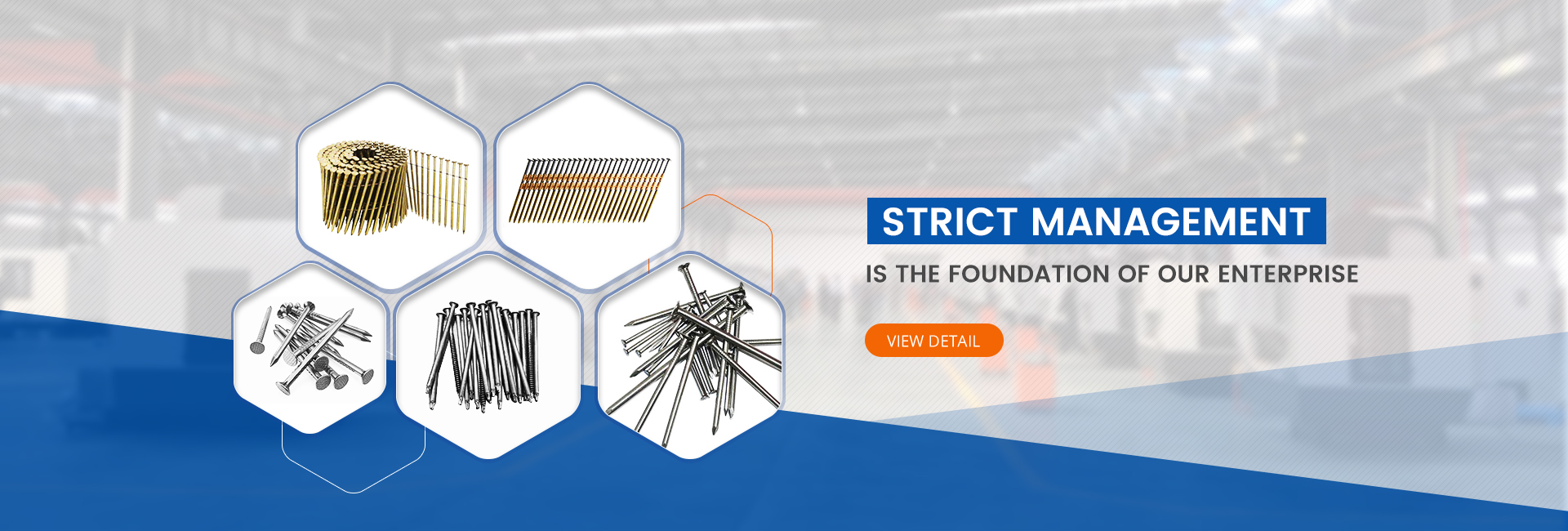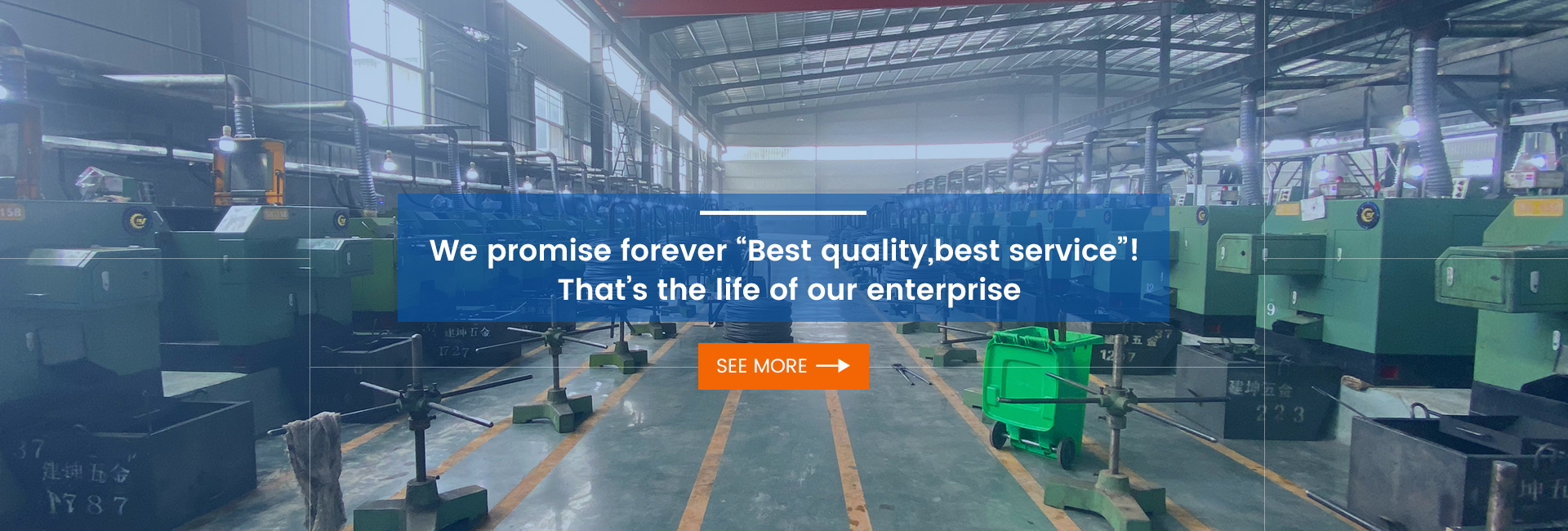Throughout the entire process of storage, transportation, and use of loose nails, the paper filling in the packaging process may seem simple, but it is actually a key process design to ensure product quality and enhance user experience. This operation is not merely an auxiliary measure, but a scientifically verified solution. Its core functions are reflected in the following three dimensions, providing comprehensive protection for the safe storage and efficient application of loose nails.
Firstly, paper filling enables precise fixation of loose nails, preventing scattering and loss during transportation. As small-sized hardware accessories with large quantities, loose nails, if not effectively filled after being packed into boxes, are prone to displacement, stacking, or even collision due to transportation jolts and handling shocks. By filling the gaps inside the box, paper forms a uniform buffer support structure, confining each loose nail in a relatively stable space. This not only prevents the nails from being scattered and piled up due to mutual extrusion and rolling, but also avoids the trouble of rearranging after opening the box, significantly improving the convenience of taking nails during construction and reducing labor costs.
Secondly, paper has excellent buffer and protective performance, which can effectively reduce physical damage to loose nails. The surface precision and edge integrity of loose nails directly affect their fastening effect, while friction and collision during transportation are the main causes of surface scratches and edge deformation. Paper itself is soft and elastic; after filling, it forms a “buffer isolation layer” between the nails and the box, as well as between the nails themselves. This disperses the impact force generated during transportation, reduces the friction coefficient, and thus maximizes the protection of the surface smoothness and structural precision of loose nails, ensuring that the product maintains its factory quality when delivered to users.
Finally, the moisture-absorbing and dust-proof properties of paper provide reliable moisture and corrosion protection for loose nails. Hardware accessories are susceptible to environmental moisture during storage and transportation, leading to surface rust and oxidation, which in turn affects their performance and service life. Paper has a natural moisture-absorbing capacity, which can absorb a small amount of residual moisture inside the box, maintaining a dry environment inside the box and inhibiting the risk of rust from the source. At the same time, the physical barrier formed by paper can block the entry of external dust and impurities, preventing contaminants from adhering to the surface of the nails, ensuring the cleanliness of loose nails, and extending their effective storage period. This is particularly applicable to long-term storage or cross-regional transportation scenarios involving multiple environments.
In summary, paper filling in loose nail packaging is a comprehensive protection solution integrating fixation, buffer protection, moisture prevention, and dust prevention. This process design not only reflects strict control over product quality but also demonstrates comprehensive consideration for user experience. It is an indispensable key measure in the storage and transportation of hardware accessories, providing strong support for maintaining the quality stability of loose nails from the production end to the application end.
Post time: Oct-28-2025



